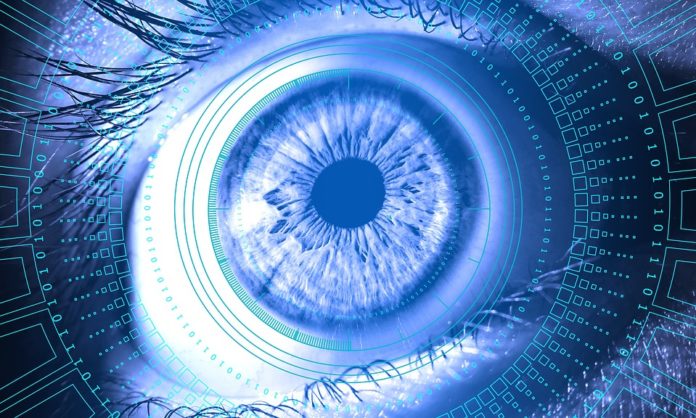The Future of Green Technology: Innovations and Trends to Watch
Green technology, also known as environmental technology or clean technology, refers to the use of technology and science to create products and processes that are environmentally friendly. As the world grapples with the challenges of climate change and environmental degradation, the need for sustainable and eco-friendly solutions has become more pressing than ever.
In recent years, there have been significant advancements in green technology, and the future looks promising as more innovative solutions emerge to address environmental concerns. From renewable energy to waste management, green technology is revolutionizing the way we live and do business. In this article, we will explore the latest innovations and trends in green technology and discuss their potential impact on the future.
Renewable Energy
One of the most significant trends in green technology is the rapid growth of renewable energy sources such as solar, wind, and hydroelectric power. As the world moves away from fossil fuels, renewable energy has become a key focus for governments, businesses, and consumers looking to reduce their carbon footprint. In recent years, the cost of renewable energy technologies has decreased significantly, making them more accessible and affordable. Innovative solutions such as floating solar panels, offshore wind farms, and advanced battery storage systems are opening up new possibilities for renewable energy production. The future of energy looks greener than ever, with renewable sources poised to play a central role in the global energy mix.
Electric Vehicles
Another exciting development in green technology is the rise of electric vehicles (EVs). With advancements in battery technology and the growing availability of charging infrastructure, electric cars are becoming a popular choice for environmentally conscious consumers. As automakers invest in electrification, the range, performance, and affordability of EVs are continually improving. Electric vehicles offer a promising solution to reduce greenhouse gas emissions from the transportation sector, paving the way for a cleaner and more sustainable future.
Smart Buildings
Buildings account for a significant portion of energy consumption and carbon emissions. Smart building technologies, including energy-efficient heating, cooling, and lighting systems, are making it possible to minimize energy usage and reduce environmental impact. Building automation systems, IoT (Internet of Things) sensors, and advanced data analytics are enabling smarter, more efficient building operations. The trend towards sustainable, green buildings is gaining momentum, with new construction projects incorporating eco-friendly design features and green building certifications becoming more prevalent.
Circular Economy
The concept of a circular economy, where resources are used and reused in a closed-loop system, is gaining traction as a sustainable alternative to the traditional linear economy. In a circular economy, products and materials are designed to be reused, remanufactured, or recycled, reducing waste and minimizing the extraction of raw materials. Innovations in recycling technologies, product redesign, and material recovery are driving the transition towards a circular economy, offering a more sustainable approach to resource management and waste reduction.
Conclusion
As the world faces urgent environmental challenges, green technology offers a promising path towards a more sustainable and eco-friendly future. The innovations and trends discussed in this article represent just a glimpse of the potential of green technology to address environmental concerns and create a more resilient world. With continued investment and collaboration across sectors, green technology has the power to transform industries, mitigate climate change, and improve the quality of life for people around the globe.
FAQs
What is green technology?
Green technology, also known as environmental technology or clean technology, refers to the use of technology and science to create products and processes that are environmentally friendly and sustainable.
What are some examples of green technology?
Examples of green technology include renewable energy sources, electric vehicles, smart building technologies, and innovations in the circular economy such as recycling and material recovery.
How can green technology address environmental challenges?
Green technology offers solutions to reduce carbon emissions, minimize resource consumption, and promote sustainable practices in industries such as energy, transportation, and construction, contributing to the mitigation of climate change and environmental degradation.
What is the future of green technology?
The future of green technology looks promising, with continued advancements in renewable energy, electric vehicles, smart buildings, and the circular economy. These innovations have the potential to drive a more sustainable and eco-friendly future for the planet.
#Future #Green #Technology #Innovations #Trends #Watch
Tương lai Công nghệ Xanh: Các đổi mới và xu hướng đáng chú ý
Công nghệ xanh, còn được gọi là công nghệ môi trường hoặc công nghệ sạch, đề cập đến việc sử dụng công nghệ và khoa học để tạo ra các sản phẩm và quy trình thân thiện với môi trường. Khi thế giới đối mặt với những thách thức của biến đổi khí hậu và suy thoái môi trường, nhu cầu về các giải pháp bền vững và thân thiện với môi trường đã trở nên cấp bách hơn bao giờ hết.
Trong những năm gần đây, đã có những tiến bộ đáng kể trong công nghệ xanh, và tương lai trông rất hứa hẹn khi có thêm nhiều giải pháp đổi mới hơn để giải quyết những vấn đề liên quan đến môi trường. Từ năng lượng tái tạo đến quản lý chất thải, công nghệ xanh đang cách mạng hóa cách chúng ta sống và kinh doanh. Trong bài viết này, chúng tôi sẽ tìm hiểu về những đổi mới và xu hướng mới nhất trong công nghệ xanh và thảo luận về tác động tiềm năng của chúng đối với tương lai.
Năng lượng tái tạo
Một trong những xu hướng quan trọng nhất trong công nghệ xanh là sự tăng tr
